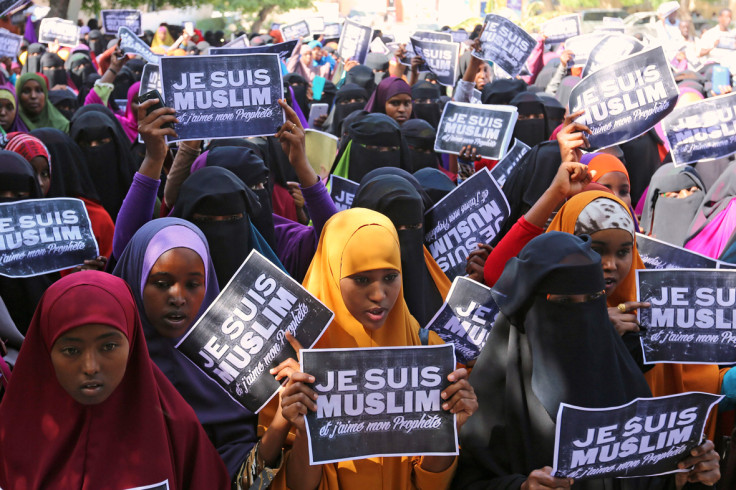After Charlie Hebdo cartoons, Danish Imam claims it is acceptable to depict Mohammed
Fatih Alev tells Danish TV that a ban on depicting the Prophet would only apply to Muslims

The head of a Danish Islamic organisation said that people "misunderstand" if they believe the Koran forbids the depiction of the prophet Mohammed, and that the injunction does not apply to non-Muslims.
"Nowhere in the Koran does it say that one cannot portray the Prophet Muhammad. The prophet has always been drawn in both Western and Muslim literature throughout the centuries," Fatih Alev told Danish broadcaster DR, reports the Local.
The remarks come in the wake of the attack on Parisian satirical magazine Charlie Hebdo, which had published cartoons of Mohammed, by gunmen associated with Al-Qaeda in Yemen who claimed to be "avenging the Prophet".
The subsequent issue of the magazine carried a front page depicting Mohammed holding a sign saying "Je Suis Charlie", the slogan adopted by those who showed solidarity with the magazine, and prompted demonstrations in Central Asia, Africa and the Middle East.
In 2005, there were violent protests in the Middle East after Danish newspaper Jyllands-Posten published satirical cartoons depicting Mohammed.
Alev said that Muslims were mistaken to believe that their faith prohibited all depictions, and that prohibitions would only apply to Muslims in any case.
"I've noticed that Muslims generally have the impression that they should be against these cartoons [such as the ones in Charlie Hebdo and Jyllands-Posten, ed.] because the prophet is being shown and that cannot be allowed. But it is a misunderstanding.
"Just like the ban on pork and the consumption of alcohol, the ban on depictions is also only something that affects Muslims. Non-Muslims are free to do whatever they want," the Danish Islamic Center chairman told DR.
However, he said that it was "very easy" to see why so many Muslims were offended by the depictions published in Charlie Hebdo and Jyllands-Posten.
"The prophet Muhammad has always been drawn throughout history, but the new thing is that the prophet is being depicted in a negative mode with the intention to insult and that's why people react so strongly," he said.
Muslims who uphold the ban on depictions of justify their belief with references to passages in the Koran condemning idolatry.
Depictions of Mohammed exist in both Sunni and Shia traditions though, with a 2008 mural in Tehran, Iran, depicting the Prophet riding towards Paradise, and graffiti created in Cairo's Mohammed Mahmoud Street during the 2012 anti-government protests showing Mohammed on horseback.
Depictions of Mohammed were first made in the 13th century in Persia. Omid Safi, director of the Islamic Studies Centre at Duke University in North Carolina said that devotional images of Mohammed were important to the faith of many Muslims.
"It's really important for audiences that have never seen the pietistic images of Muhammad to make a radical distinction between the mystical and beautiful images that have been produced over the last 1,000 years by Muslims and for Muslims, and the offensive and sometimes pornographic images [currently in the news]," he told the Guardian.
© Copyright IBTimes 2025. All rights reserved.






















